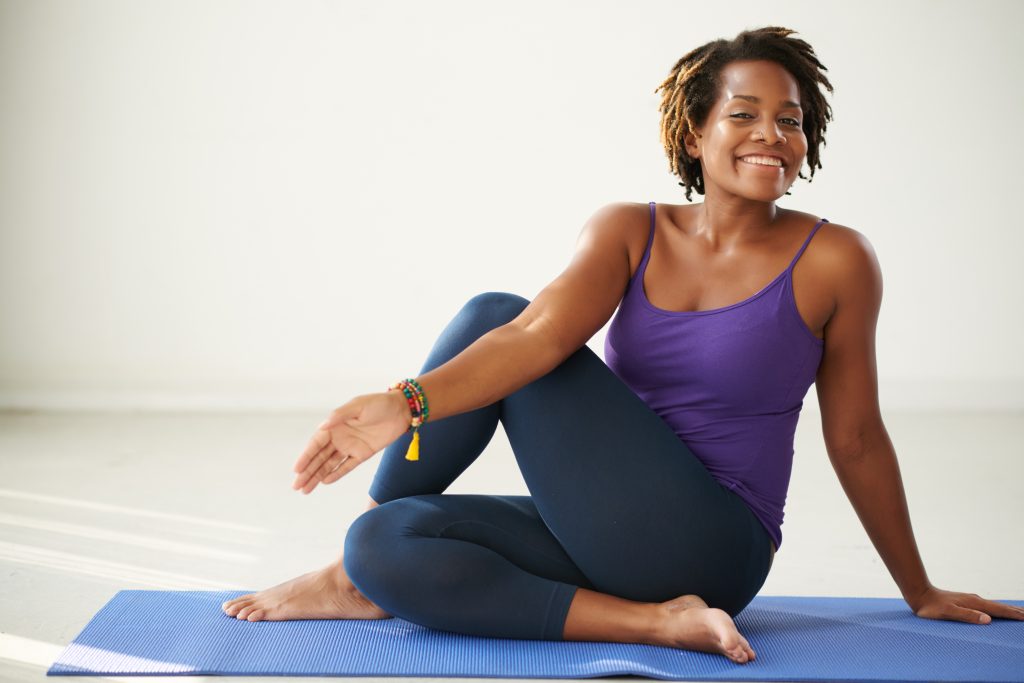
Active Recovery
I am super excited. Yesterday I signed up to run the Broad Street Run with the Children’s Crisis Treatment Center (CCTC) team. It’s been a long time since I ran an “official” race. Frankly, I thought my running days were over.
But after a committed year of functional movement training, it seemed I had a new level of strength and was ready to give running a go again. And running for a good cause…made it even more appealing.
The race is 10 miles and as I crafted my training schedule a week ago, I could see lots of miles between now and May 3rd. This was going to be a challenge, especially with an upcoming 3 week trip to the UK mixed in. But I know that challenges keep me engaged and excited. I really pushed last week to lay down a foundation and log some miles. This morning my left knee was having, let’s call them growing pains.
Navigating Growing Pains
So what to do? We talk a lot about getting motivated and into an exercise routine. The other side of the scale is getting overexcited and not knowing when recovery is needed. When I used to feel pain in my body I would get worried. Is this an injury? Am I going to have to stop?
Part of growing is some discomfort. The real growth is knowing how to read the discomforts in life to navigate how to work with them.
Are you pushing past a status quo?
Are muscles reorienting and stretching to a new level of strength?
Is a limiting belief being challenged as a new mindset takes seed?Growth takes time and needs periods of integration and recovery, especially when it comes to building new strength and muscles in your body.
Sometimes complete rest is called for. Unfortunately, there is no specific guideline to know when this is necessary. There is no thermometer with a setpoint that indicates when complete rest is needed. What I have learned from my coach this year is that often active recovery is an even better option.
Active Recovery
So what is active recovery? Imagine you had a dial on your workout and could scale it back from 100% effort to about 60-70%. With a workout like this, maybe walking instead of running, or a gentle yoga practice, you will help increase recovery from your previous workout by increasing blood flow to your muscles and tissues. Sports scientist and Polar Fitness Ambassador, Brooke Turner, describes active recovery as “ low-intensity exercises that promote blood flow to the muscles, helping them to recover better and faster.”
The circulation benefits of some activity help get nutrients (like amino acids and oxygen) to your muscles for the necessary repair and rebuild for the next level of strength. Some movement also helps flush out waste products that built up during exercise (like hydrogen ions and lactic acid) and contribute to muscle breakdown and fatigue according to Michael Rebold, Ph.D., department chair of the integrative exercise program and assistant professor of integrative exercise science at Hiram College in Ohio.
Yoga as a Work-in
If you are working your way along the ladder to a new challenge, yoga can be a perfect active recovery choice. I loved this recent article about Yoga as An Active Recovery Workout. The article states, “Keep in mind that yoga is not a workout – it’s a work-in. This means that what others see from the outside isn’t relevant. It’s what you feel inside that really matters.”
A gentle yoga practice as active recovery can be a time for your body and mind to regroup and reconnect. Time to feel your body to assess what might need a little more attention, awareness or tlc is critical to sustained growth. Any activity, movement, sport, race, is ultimately a mind game of knowing how to work with your body. This time on your mat builds that level of awareness and appreciation and gratitude for how far you have already come. This kind of recovery is not nice-to-have, it ultimately it is the secret ingredient to making it to your goal, so let’s plan for, embrace and enjoy it.
I’m all in for active recovery this week!
Here’s a great 18-minute video from Adriene for sore muscles.
Leave a Comment